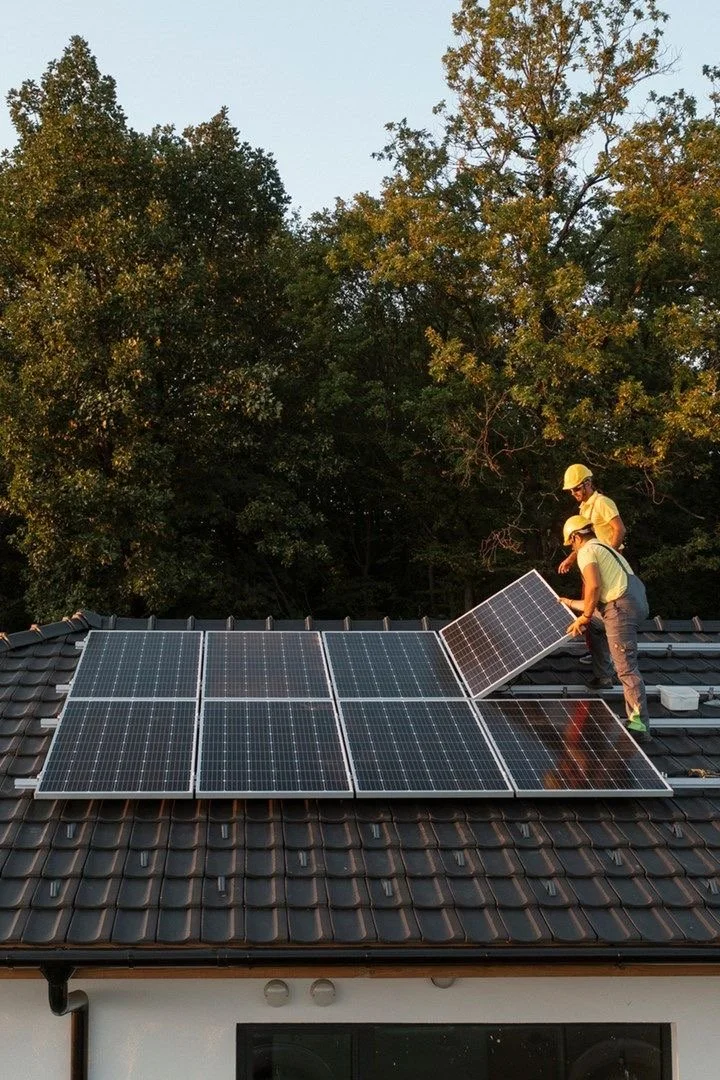Harnessing solar energy by installing solar panels is not just an environmentally conscious choice; it's also a practical and cost-effective way to power your home.
However, the process of installing solar panels involves careful planning, adherence to local regulations, and collaboration with solar professionals. This guide will walk you through the essential steps to successfully install solar panels on your property.
No. 1
Assess Your Energy Needs
Review your utility bills to understand your average monthly energy usage, peak demand times, and any potential changes in consumption. This assessment provides the foundation for designing a solar system that meets your home's specific energy requirements.
No. 2
Site Assessment
Conduct a thorough site assessment to ensure that your property is suitable for installation. Factors like the orientation of your roof, shading from nearby trees or buildings, and the structural integrity of your roof need to be considered. A professional solar installer will evaluate these factors to determine your solar panels' optimal placement and angle.
No. 3
Choose the Right Solar Panels
Selecting the appropriate solar panels is a crucial step in the installation process. Solar panels come in various types, including monocrystalline, polycrystalline, and thin film. Consider factors such as efficiency, durability, and aesthetics when choosing panels that suit your needs. Consult with solar professionals to determine the best solar panel technology for your specific circumstances.
No. 4
Find a Qualified Solar Installer
Engage with reputable and qualified solar installers like customsolarandleisure.com to ensure a smooth and successful installation process. Research local companies, read customer reviews, and ask for recommendations from friends or neighbors who have installed solar panels. Choose an installer with experience, proper certifications, and a track record of delivering quality installations.
No. 5
Obtain Necessary Permits
Before proceeding with the installation, you'll need to obtain the necessary permits from local authorities. Permitting requirements vary by location, and your solar installer will typically handle this aspect of the process. Ensure that your installation complies with local building codes and regulations to avoid any complications during or after the installation.
No. 6
Installation Day
The solar panel installation team will arrive to set up the system on the scheduled installation day. This means mounting the solar panels on your roof or on the ground, connecting them to the electrical system, and installing inverters and other necessary components. The installation process is typically completed within a few days, depending on the size and complexity of the system.
No. 7
Inspection and Interconnection
After the installation is complete, the system will undergo an inspection by local authorities or utility representatives to ensure compliance with regulations. Once the system passes inspection, it will be connected to the grid, allowing you to start generating solar energy. Your solar installer will handle the necessary paperwork and facilitate the interconnection process.
Takeaways
Installing solar panels involves a series of carefully orchestrated steps—from assessing your energy needs to choosing the right solar panels, finding a qualified installer, obtaining permits, and completing the installation process. By following this comprehensive guide and working with experienced professionals, you can navigate the solar journey successfully, transforming your property into a sustainable and energy-efficient powerhouse. Embrace the power of solar energy and contribute to a greener, more sustainable future for your home and the planet.

